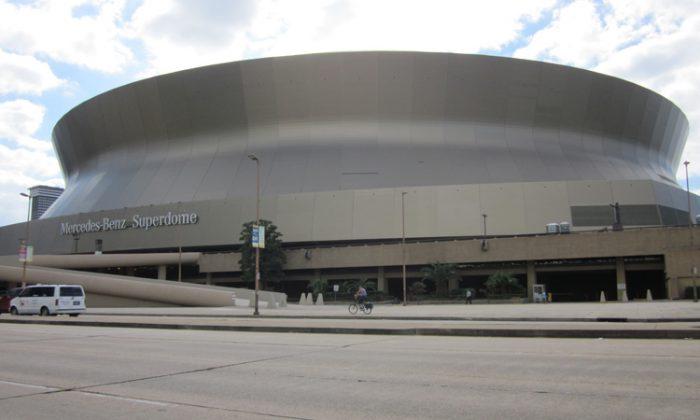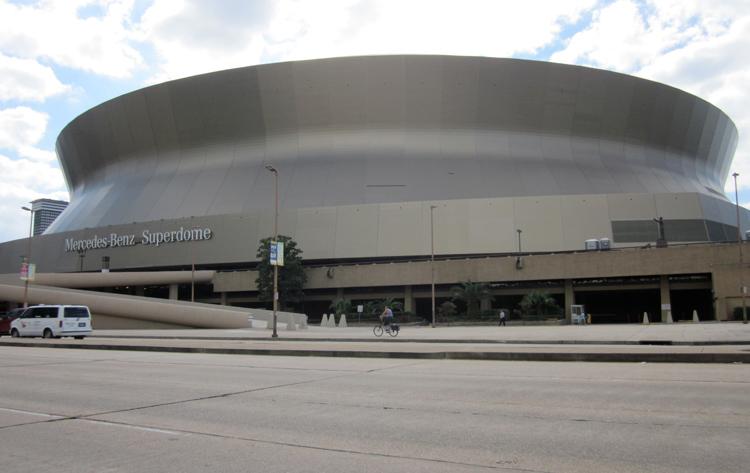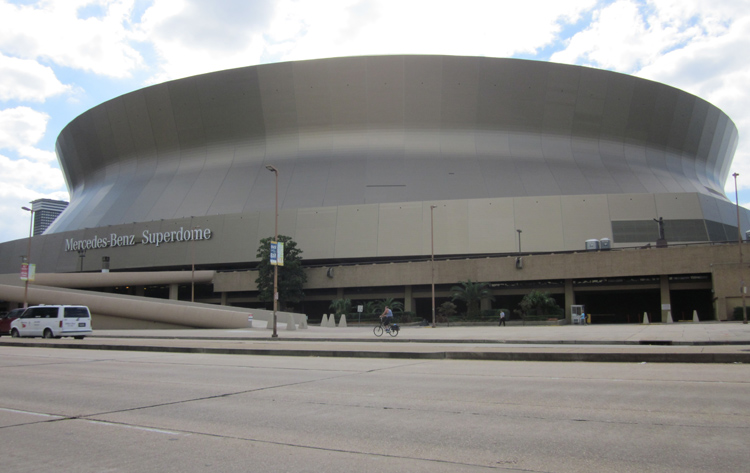The big hype about the Super Bowl 2013 commercials will come to an end as soon as they have been aired during the Super Bowl. CBS Corp. is calling for an online vote to decide on the past decade’s top three commercials, which will then compete in a final showdown on Jan. 30.
“The top three commercials will advance to the LIVE ONLINE VOTE during the broadcast on Jan. 30, where you can help decide the outcome during the show. It’s the ultimate showdown of Super Bowl commercials!” CBS announced on its website.
CBS, the Super Bowl’s media partner, sold all of the commercial spots prior to the game. However, any company agreeing to pay a record high amount could still make the grade, according to early January media reports.
“The network sold some of the commercial spots for over $4 million, while ad agency executives estimated that it got an average of $3.7 million to $3.8 million for every 30 seconds, according to a Jan. 9 Huffington Post article.
Old-timers, such as FedEx Corp., opted not to buy Super Bowl advertisement space in 2009, balking at the price tag of $3 million for a 30 second spot, although it had been a top advertiser for about 10 years. FedEx isn’t part of the 2013 Super Bowl advertisers list either, according to the AdAge website, a provider of advertising and marketing news.
Although General Motors Co. advertised from about 1993 to 2008, it can no longer be found on the list of Super Bowl advertisers. But despite a 30-second advertisement spot costing close to $4 million, some U.S. car manufacturers have again jumped on the bandwagon. The Chrysler Group LLC has purchased spots, but has not announced how many it bought, keeping the suspense alive.
“Ford Motor routinely avoids the Super Bowl, so its decision to place one of its brands in the game is somewhat eyebrow raising,” according to the AdAge list.
Foreign car companies appear to be prominent, shelling out millions of dollars for a Super Bowl advertisement spot, including Audi of America (60-second spot), Volkswagen (60-second spot), Toyota (60-second spot) and Hyundai Motor Group (two 30-second spots for Hyundai and a total of one 30-second spot and one 60-second spot for Kia).
Mercedes Benz, owned by Daimler AG, bought a spot in 2011 and now again in 2013. According to AdAge, one reason Mercedes bought the spot is because this year’s game is held at the Mercedes-Benz Superdome in New Orleans.
“The usual coterie of big sponsors is more or less on board again—hello, Pepsi! hello Bud Light!—accompanied by opportunistic, smaller brands that want to make a big splash, such as Century 21 and GoDaddy.com, both of which are also returning to the game,” according to a Jan. 28 article on the AdAge website.
Examining Super Bowl Advertising Costs
“The commercial spots are selling for a price above $4 million per 30-second advertisement. The simple question to ask is not just how funny nor how entertaining these commercial spots are,” a Sept. 12, 2012, article on the 24/7 Wall St. website states.
The article questions whether the final outcome, as seen by an increase in sales, provides the value the Super Bowl promises when considering the rising cost, year-after-year.
“The raw cost alone is high enough that the barriers to entry are becoming very high to advertise during the Super Bowl,” the 24/7 Wall St. article states.
In 1967, the price of a Super Bowl advertisement was $40,000, increasing in subsequent years by 35 percent, 25 percent, and 15.9 percent respectively, reaching $80,000 in 1970. Then in 1971, the price decreased by 7.9 percent to $70,000.
During the following years, the price increased with exceptions in 2001, 2002, and 2010, when it declined by 2.4 percent, 7.3 percent, and 11.7 percent respectively. In 2012, the price had increased by 16.7 percent to $3.5 million, according to the 24/7 Wall St. article.
A probable reason for the high cost of Super Bowl advertisements is that millions of people are watching the Super Bowl. This could increase brand recognition and at the same time bring in more customers.
However, there is much that advertisers have no control over, such as the editing by the approval committee, the possibility that viewers may miss the humor, or that the advertisement will not appeal to viewers.
“There are a lot of risks here associated with a $4 million advertisement for only 30-seconds,” the 24/7 Wall St. article explains.
Squandering Money on Super Bowl Advertisements
“Based on 24/7 Wall St.’s analysis of Super Bowl ad spending, the top spenders fall into four major categories: automotive, film, food, including snacks and fast food, and beverages,” according to a Feb. 1, 2012, article on the 24/7 Wall St. website.
Four automobile manufacturers are among the top 10 advertisers, followed by four from the food and beverage industry, while three movie industry studios are among the top 25 advertisers.
Anheuser-Busch Cos. Inc., a U.S. company bought in 2008 by the Belgian brewing company InBev, has spent $246.2 million on Super Bowl advertising between 2002 and 2011.
“This is one-tenth of all the money spent on Super Bowl commercials by all companies during that period,” according to the 24/7 article.
The second highest Super Bowl advertising outlay was made by PepsiCo Inc., which spent $209.7 million between 2002 and 2011. According to 24/7, in 2010, PepsiCo spent more than $358 million for television advertisements versus the $277 million spent by the Coca-Cola Co.
“PepsiCo also aired 72 Super Bowl ads over the past 10 years compared to Coke’s 14. Despite all this, Coca-Cola remains the industry king of carbonated beverages, and Pepsi’s gallons sold dropped 32% between 2001 and 2010,” the 24/7 article states.
Among the high spenders from 2002 to 2011 was General Motors, totaling $135.2 million spent on Super Bowl advertisements. All others spent below $100 million, including the Coca-Cola Co., which spent $61 million, and Warner Bros. Entertainment Inc., which spent $48.6 billion.
“Many of the movies the company [Warner Bros.] has advertised during the Super Bowl were complete flops. … ‘Terminator 3’ grossed $150 million domestically—nearly $50 million less than its budget—despite the fact that Warner took out more than two minutes in ads for the movie during the Super Bowl that year,” according to the 24/7 article.
Advertisement Spoilers
“Would Apple’s famous ‘1984’ ad from Super Bowl XVIII have had as much impact if it were shared endlessly online in the weeks leading up to its official TV debut?” a January article on the AdAge website asks.
Charles R. Taylor, a marketing professor, suggests in the AdAge article that opponents of the pre-release of Super Bowl advertisements claim that previews lose the surprise factor when the advertisement is aired and thus may not be as effective.
“While this new era of ads is generating loads of digital and social response, they are also removing a lot of the shock and wonder that were once a big part of the experience,” the AdAge article suggests
The Epoch Times publishes in 35 countries and in 21 languages. Subscribe to our e-newsletter.






